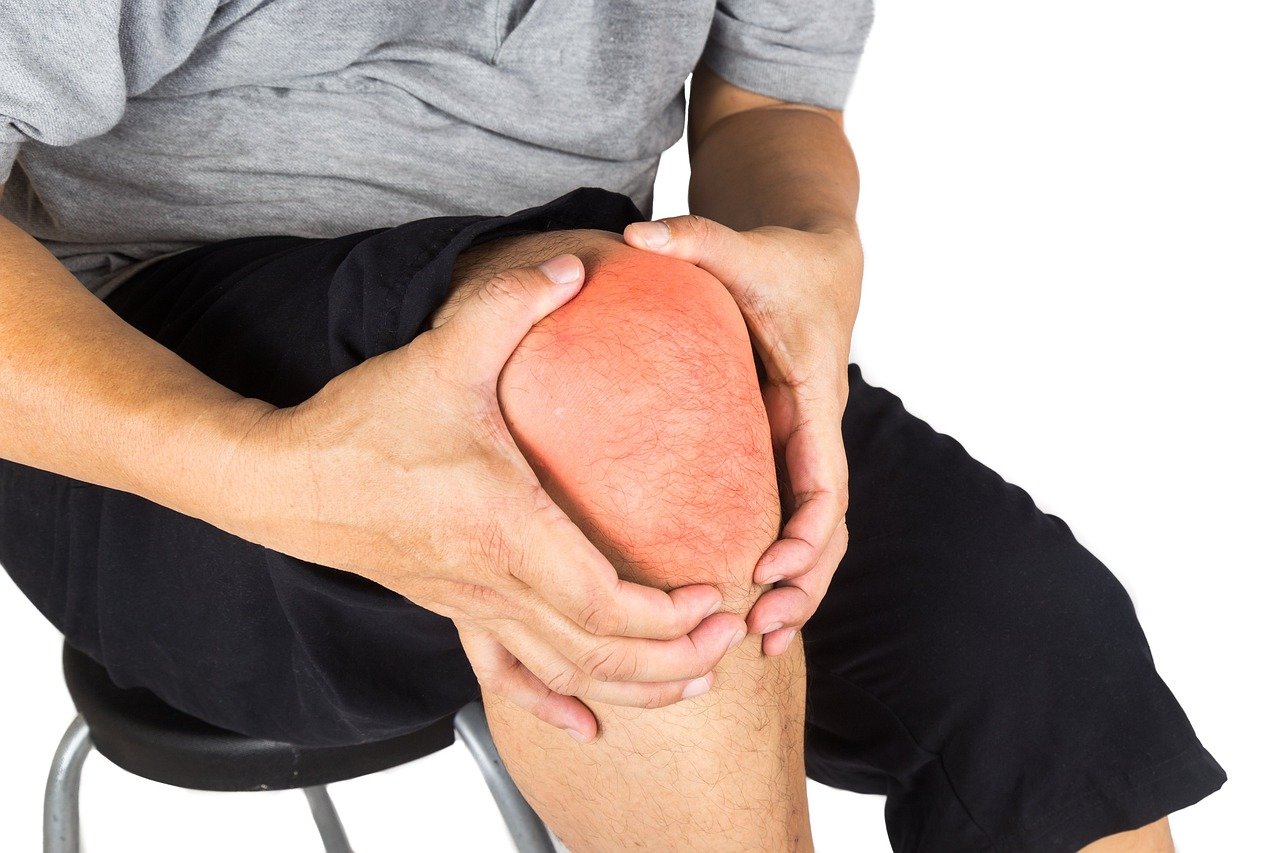
06, Mar, 2024
Top Massages for Chronic Muscle Spasms
Let's face it; we all have been through the excruciating experience of sudden muscle spasms that strike at inappropriate moments.
Although you can take steps to subside the pain, those methods are not always dependable, requiring more long-term preventive measures such as stretching or massage techniques.
Many healthcare professionals and therapists suggest undertaking regular massage techniques such as Swedish, Trigger-point, Deep tissue, and a few specialized therapies that can outright prevent chronic muscle spasms.
Here is what massage therapists and professionals say about proven massage techniques to treat or prevent muscle spasms.
What Does a Muscle Spasm Feel Like?
Muscle spasms refer to an involuntary body muscle movement that forcibly contracts and cannot relax.
It can occur in any section of the body, such as the legs, back, neck, foot, or arms, followed by a sharp pain that feels like a knife piercing the muscle.
Those suffering from chronic muscle spasms may feel like their entire muscle stiffening up into a tight ball, requiring an intensive therapy treatment.
It is a body's natural response, triggered by muscular tension or sometimes after a physical exertion.
Healthcare professionals indicate the lack of nutrients and rest, muscular tension or overuse of specific muscles, and sometimes underlying neurological conditions can cause regular spasms.
Massages for Chronic Muscle Spasms
Massages can be beneficial for relieving muscle spasms and promoting relaxation in the long run.
Here are a few massage techniques that can help with muscle spasms.
1. Swedish Massage
Swedish massage is one of the most popular and widely practiced forms of massage therapy aimed at relaxing muscles to treat or prevent injuries.
Started by a Swedish therapist, Per Henrik Ling, it was originally aimed at helping athletes minimize muscle cramps and injuries.
The therapy uses five primary strokes to warm and relax muscles.
- Effleurage: The long, gliding strokes warm up muscles for further steps.
- Petrissage: Kneading and squeezing motions work on deeper muscle tissues to release tension that may cause cramps.
- Friction: Circular or cross-fiber movements help release muscle knots and adhesions to avoid possible injury.
- Tapotement: Rhythmic tapping, pounding, or percussive movements help stimulate circulation.
- Vibration or Shaking: Fine, rapid movements create a gentle shaking effect, promoting muscle relaxation.
You can undertake Swedish massage regularly if you experience regular muscle cramps.
Otherwise, enjoy monthly Swedish massage to avoid possible spasms. Swedish massage has many other benefits, including improved circulation, stress reduction, and endorphin release to help deal with pain.
2. Trigger Point Massage
As many healthcare professionals advise, trigger point massage is very effective in treating muscle spasms and pains.
Also known as neuromuscular therapy, this massage technique involves massaging trigger points in the body to increase temperature and release blood flow.
The technique focuses on identifying and releasing trigger points—localized areas of muscle tightness and hyperirritability, apparent during muscle spasms, such as shoulder, back, buttock, thigh, calf, etc.
The therapy starts with the massage therapist identifying spots with tensions, which may feel like knots or nodules, and then applying light or hard pressure to break down adhesions.
It is often combined with stretching exercises to release muscle tension and enhance flexibility, helping prevent muscle spasms.
3. Deep Tissue Massage
Deep tissue massage is a complete physiological therapy to relieve musculoskeletal tissue for relaxation and pain management.
As the term suggests, deep tissue therapy works with deep layers of muscular and connective tissues to address chronic tension, muscle adhesions, and limited mobility.
Although it is not an immediately available treatment for muscle spasms, it can be adopted as a preventive measure.
Unlike Swedish massage, this technique targets specific muscle groups and uses friction or stripping, gliding, and hard hand pressure to improve the flexibility of a particular muscle.
It helps elongate muscles, improve flexibility, and reduce muscle spasms by addressing tightness and stiffness.
When combined with postural awareness, deep-tissue massage helps improve body alignment and reduce the likelihood of muscle spasms.
4. Myofascial Release
Myofascial release is a massage technique introduced in the 1960s by Robert Ward, an osteopath.
The technique focuses on the fascia, a connective tissue that surrounds and supports muscles, bones, and organs throughout the body that contribute to muscle pain, limited range of motion, and other musculoskeletal issues.
It can be equally effective in preventing frequent muscle cramps by working on fascial manipulation, involving sustained pressure and stretching applied to the tissues.
The therapist would identify the trigger points and apply appropriate measures to increase blood flow, improve flexibility, and release emotional tension.
Individuals can experience long-term benefits regarding reduced muscle spasms by ensuring healthy fascial mobility.
5. Hot-and-Cold Therapy
Hot and cold therapy, or contrast therapy, applies heat and cold to an affected area to promote healing, reduce inflammation, and alleviate pain.
It is a recommended treatment for pain due to muscle and joint issues, sometimes muscle spasms.
For muscle spasms, you must use heat to relax muscles, and if the condition is painful or irritable, you will want to use ice to dissipate it.
Heat therapy involves using hot packs, warm towels, heating pads, or warm baths, while cold therapy involves using cold packs, ice packs, or ice baths.
However, consult your healthcare professional or massage therapist before implementing hot and cold therapy.
Conclusion
Communicate with your massage therapist during the session, providing feedback on the discomfort you may be experiencing.
Additionally, your therapist may recommend self-care techniques or exercises to maintain the benefits of the massage between sessions to reduce muscle spasms.
Get in touch with Lemon Massage Therapy for complete massage therapist services in Des Moines.
